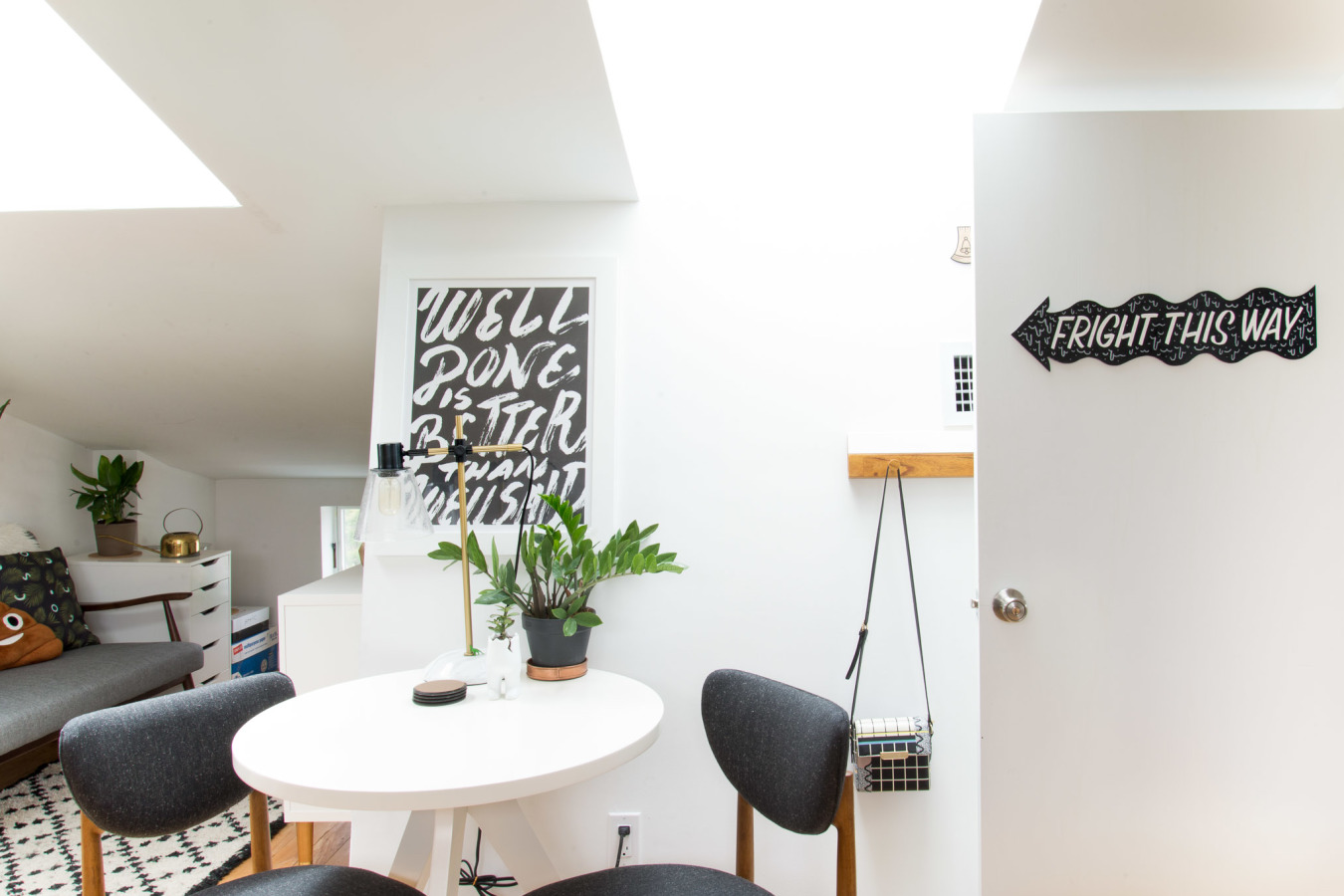Working with clients is often an integral part of being a designer, artist, or illustrator. It can also seem super daunting – especially if you’re going it alone as a freelancer. For many freelancers who work in isolation, communicating with the outside world (or anyone who isn’t their cat) can be intimidating, yet it’s an essential piece that allows them to keep creating. We asked Meg Lewis, Society6 artist, rad designer, BFF expert, and founder of creative firm/family Ghostly Ferns to remind us how to play well with others — and stay happy.
How To Market Your Services
It’s important to be able to clearly answer three questions on your website and when pitching yourself as a designer:
- What service(s) do you provide?
- What makes you different from your competition?
- What makes working with you a special experience?
But what if you don’t know? It’s hard enough deciding what style of design you should specialize in, let alone figuring out what makes you so darn special. So here’s what I like to do:
Figure out the qualities that make you different from everyone else: Is there some unique characteristic you were born with that people seem to notice? For me, I have always had a weird need to include my friends and family in my work. I love bringing work home and forcing – ahem – asking my loved ones to work with me.
Decide how you can take that thing that makes you you, and use it as a superpower: It’s a way you can leverage yourself to be uniquely different from your competition! For me, I created Ghostly Ferns as a way to work alongside my best friends and my husband every day! An agency/collective of friends creates a work environment based on love and trust. We get a heck of a lot done and nothing is as good as getting to spend every day with your BFFs!
Decide what kinds of companies you like to work with and market directly to them: If you shout to the world, “I’m the designer for leather goods websites!”, leather goods companies are going to approach you because you’re the expert in their field. When they visit your website they’ll think, “Finally a designer who is speaking my language!” My approach is that I only work for what I call “Happy Companies”. A happy company is a highly technical term (which I made up) that represents any brand who is working to make the world a happier, healthier place. When these companies visit my site they are excited to see a portfolio filled with work for like-minded businesses.
Nailing down these steps should help you answer those first three burning questions, which in turn will allow clients to see the real you.
How To Keep Clients Happy
Communication is a difficult part of freelancing, and keeping clients happy throughout the process can be challenging and confusing. These three tips will help you streamline the process and create a healthy working relationship with your client.
Maintain expectations: Doing a poor job of maintaining expectations is where most client relationships go awry. From the first moment you begin communicating with prospective clients, be upfront about any and all details. If you are clear about expectations, deliverables, timeline, scope, price, etc. from the get-go, they won’t be unpleasantly surprised later down the road. If a situation arises that has the potential to upset a client, I always make sure they see it coming.
For example, I warn clients when they’re about to request their last revision. I say, “If you have any final feedback, make it count! This revision will be your last, as per our contract.” If I forget to mention this, I play UNO rules, draw again, and give them another free revision – always calling out my mistake.
Make it a partnership: Include your clients as much as you can in the process. It”s great to act as though your relationship is more of a collaboration than you, alone, creating design magic. This keeps your client feeling creative, informed, and in control. I make a point to mention how their particular business knowledge is highly valuable to my process. I need their expertise to understand and create a stellar design. This helps them feel special and validated, which equals a happy client!
Apologize well: Clients often get upset about things that are out of your control or about honest mistakes you’ve made. If you’re truly sorry, learn to write a well-worded apology email. Leave your pride behind and tell them honestly how you’ll make up for your error. If you screw up and create bad vibes, do what you can to make it right, and then don’t be too hard on yourself!

How to Negotiate Rates
Learn to be flexible with your rate. You shouldn’t be charging Fortune 500 company the same as you would a tiny mom ‘n pop shop. If the company is small, but one you respect and are super excited to work with – cut them a deal. If the company is not your cup of tea, but you need the cash – charge them more!
If a potential client scoffs at your rate and asks you to charge less, always ask yourself if it’s worth it. How much will you be sacrificing (mental health included!) if you cut your price for them? Stick with the feeling in your gut – it’s probably right. If you feel justified in your rate and decide to take a stand, be kind and clear about why your work is worth it. I do this a lot, and usually hear nothing from the prospective client afterwards, but I’m always proud that I stood up for myself.
How to Strike a Work/Life Balance
Combine things that make you happy, your loved ones, and your career whenever possible. If you’re just starting out as a freelancer, try to surround yourself with fellow freelancers who have friend-potential. If you’re a working freelancer, think about starting a group like Ghostly Ferns where you can work amongst your friends every day. Always remember that your mental, physical and emotional health are so valuable. Happiness comes from inside and radiates outward to your friends, family and coworkers. Make time to treat yourself – you deserve everything good!
How to Break Up With a Client
If a client relationship isn’t going well, leave them quickly while trying to keep them as happy as possible. Let them know that it’s not working out without placing the blame on them. This way, it will be more of an inconvenience than an truly upsetting situation.
I also like to point them in a new direction. Recommend a different person for them to work with, or show them additional resources. Trying to make that final push to be helpful and kind could potentially lead to more work in the future. Doing whatever you can to make sure they don’t leave with a bad taste in their mouth is good for your reputation!


Comments